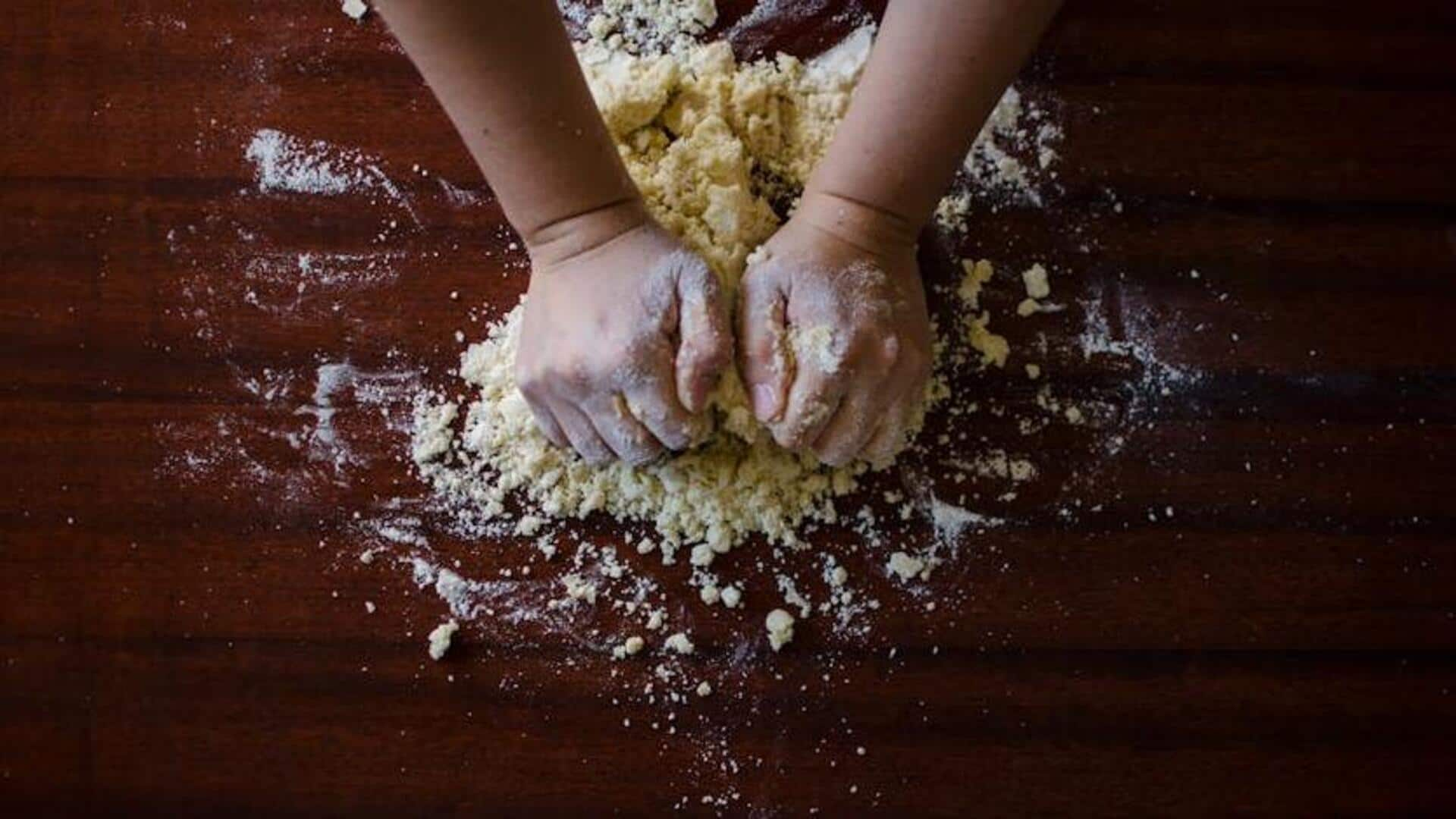
Mastering gluten-free baking like a pro
What's the story
Gluten-free baking doesn't have to be intimidating! With the right knowledge and tools, you can create delicious treats without the gluten. This article dives into the essential tips and techniques to help you bake like a pro, focusing on gluten-free ingredients, methods, and recipes. Whether you're baking for health reasons or dietary preferences, these insights will take your gluten-free baking game to the next level.
Flours
Understanding gluten-free flours
The secret to gluten-free baking lies in mastering the art of using various flours. Unlike traditional wheat flour, gluten-free flours are derived from a variety of sources, including rice, almond, coconut, and tapioca. Each flour brings its unique characteristics and strengths to the table. Almond flour, for instance, with its high-fat content, is perfect for creating moist cakes and cookies. Blending flours can achieve textures reminiscent of wheat flour recipes.
Binder
The importance of xanthan gum
Xanthan gum is super important in gluten-free baking because it acts as a binder. Without gluten to keep everything together, your baked goods would just crumble apart. Xanthan gum saves the day (and your cookies)! For cakes and breads, use about one-fourth teaspoon of xanthan gum per cup of flour. But don't go overboard! Too much xanthan gum can make things gummy. Nobody wants that.
Moisture
Moisture is key
Gluten-free baked goods can sometimes turn out dry because gluten, which naturally holds onto moisture in regular (wheat-based) baking, is missing. To fix this problem, you need to amp up the moisture content. How? Use wet ingredients like yogurt or apple sauce in your recipes. These secret weapons don't just bring moisture - they also boost flavor and make cakes and muffins extra tender.
Leavening
Experiment with rising agents
Leavening agents, including baking powder and yeast, are essential for providing lift to baked goods. Since gluten-free flours are denser than wheat-based ones, modifying leavening agents becomes crucial for achieving the desired texture. A common recommendation is to use 25% more than what traditional recipes suggest. But, it's all about experimenting as each recipe is different.
Practice
Practice makes perfect
The last tip is the easiest: keep practicing! Gluten-free baking can be tricky, but the more you experiment with different flours, ratios, and ingredients, the more you'll learn what you like and what suits your needs. Write down what you change and what works (or doesn't) so you can keep getting better.